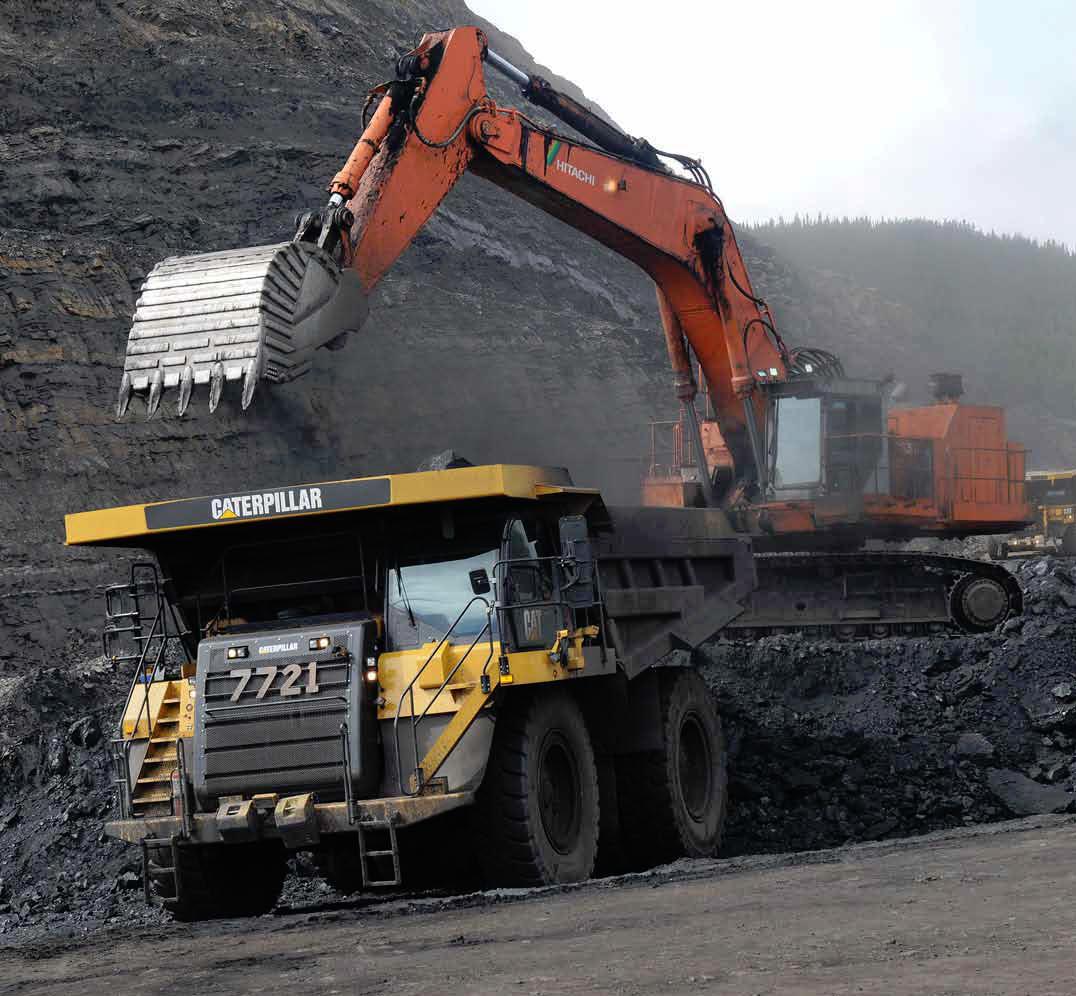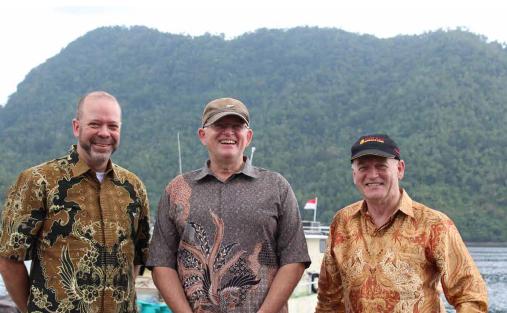Mines & Money - London
Business Excellence is proud to be supporting Mines and Money as media partner for the event.
Mines and Money London 2012 will bring together over 3000 investors, financiers, brokers and senior mining executives for Europe’s leading mining investment and capital raising event.




 WalterEnergy-AM-Nov12-Bro-s.pdf
WalterEnergy-AM-Nov12-Bro-s.pdf




